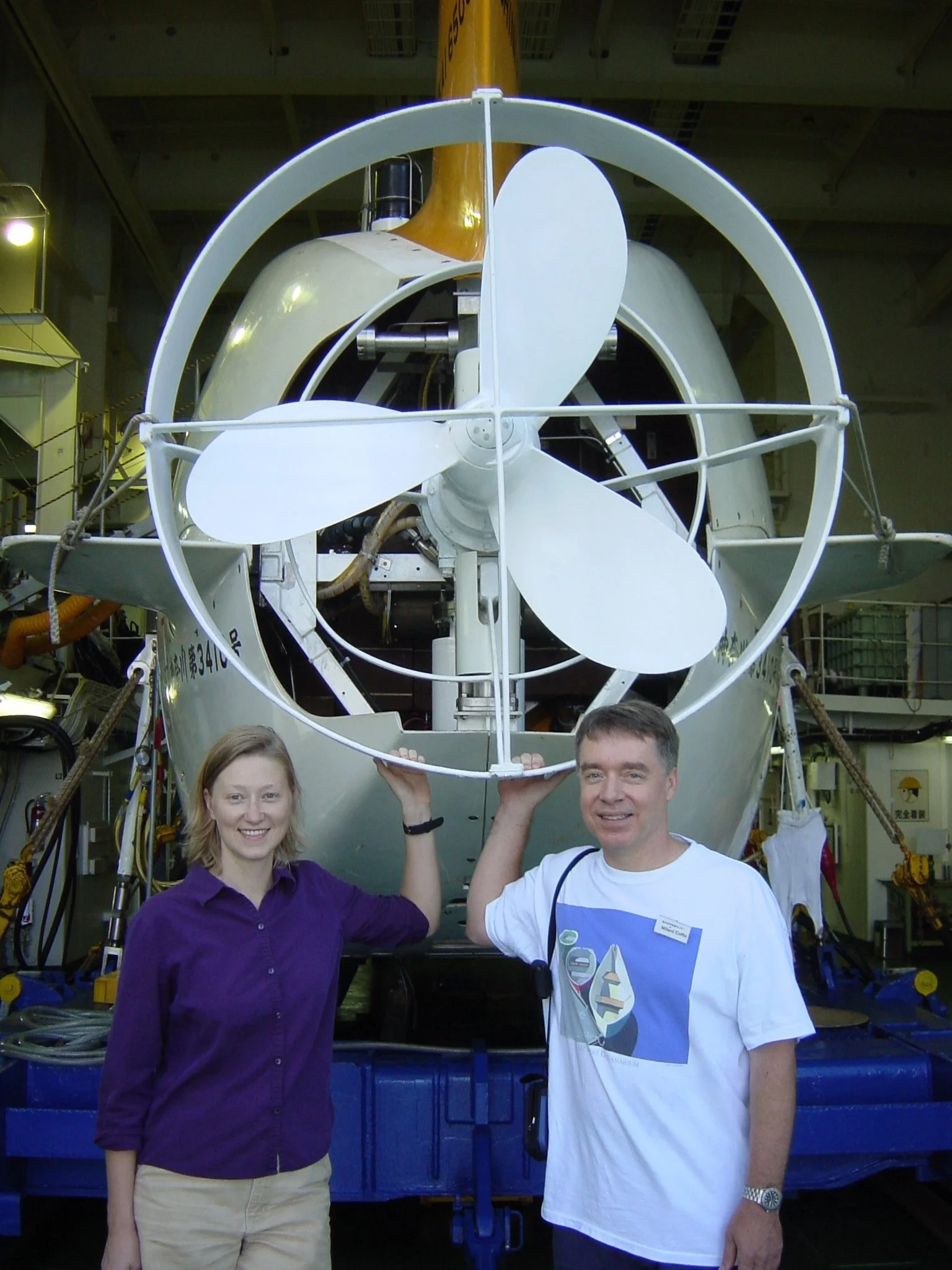Human Exploration of the Deep Sea
A History of 20th and 21st Century Deep Ocean Exploration
I sometimes feel like a bit of an imposter, being on the board of the AWBF. There are some extraordinary people overseeing the organisation, with remarkable expertise in a range of topics. None more so the the Vice Chair, Mike Coffin.
An excerpt from his CV…
Marine geophysicist Mike Coffin investigates interactions between the oceanic environment and the solid Earth. After growing up in Maine, he was educated Dartmouth College (AB) and Columbia University (MA, MPhil, PhD). Ever since, he has pursued an international career that reflects the boundless nature of the global ocean. He has worked in Australia (1985-1989; 2011-present), the US (1990-2001), Japan (2001-2007), and the UK (2008-2010). He has also held visiting positions in the US (1982, 2002, 2016-present), Norway (1992, 1996), Australia (2000), and France (2001). Mike has led or participated in 37 blue-water research expeditions totalling >1,000 days at sea, focused mainly in the Southern, Pacific, and Indian oceans.
As part of the The Herreshoff Marine Museum's Annual Lecture Series Mike will be giving a talk at the Museum in Bristol, Rhode Island next Thursday 18th April. Although it’ a physical, in person lecture, tickets are also available to attend virtually. It starts at 7pm US Eastern Time. If you are in East Coast Australia (AEST) this translates to a rather ugly 5am in the morning, but knowing Mike, the effort of an early morning rise will be well worth it.
Here’s a little taste of what he’ll be talking about.
The average depth of the global ocean is ~3,700 meters (2.3 miles). Human exploration of the deep ocean commenced in the 1930s, and humans visited the deepest location in the ocean, Challenger Deep at ~11,000 meters (6.8 miles), aboard the bathyscaphe Trieste in 1960. Only five countries – China, France, Japan, Russia, and the USA – have developed research submersibles capable of taking humans to depths greater than 4,000 meters (2.5 miles), and only four of these countries currently operate submersibles capable of reaching those depths. Over the past decade, two submersibles have been developed by two high net worth individuals to reach the greatest ocean depths, and both have visited Challenger Deep. Only in June 2020 did the number of people visiting Challenger Deep exceed the number of people who’ve walked on the Moon. The talk will recount the history of 20th and 21st century deep ocean exploration via human-occupied vehicles, including Mike’s experience aboard Japan’s Shinkai 6500, capable of diving to 6,500 meters (4 miles), as well as the recent tragedy near the Titanic.
DEEP SUBMERGENCE RESEARCH VEHICLE SHINKAI 6500


